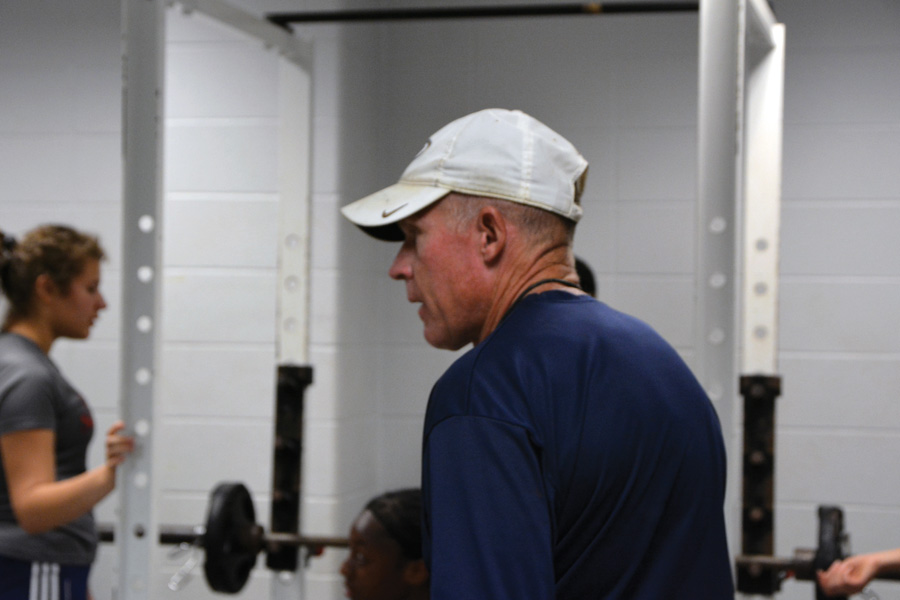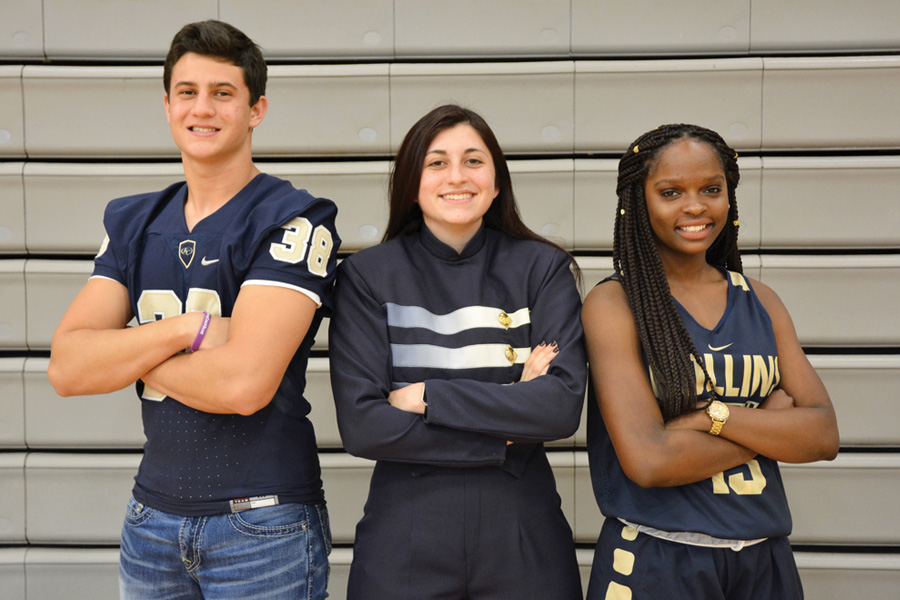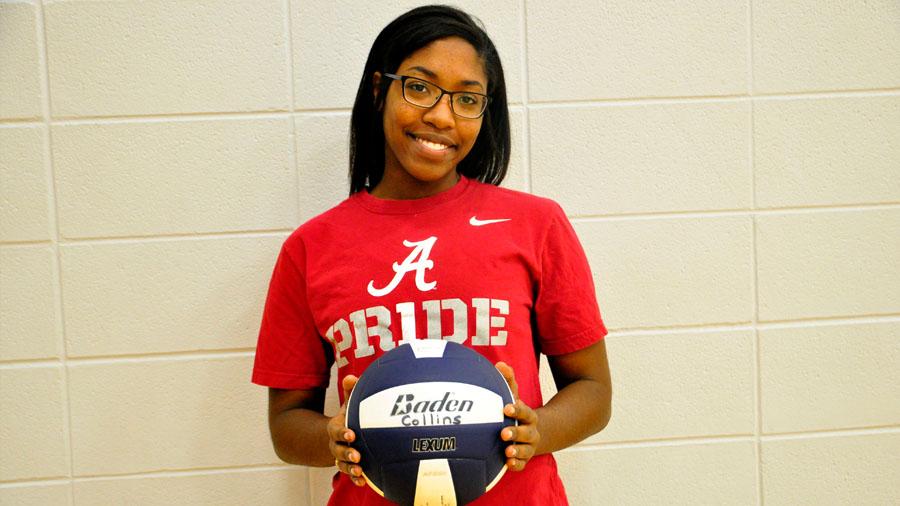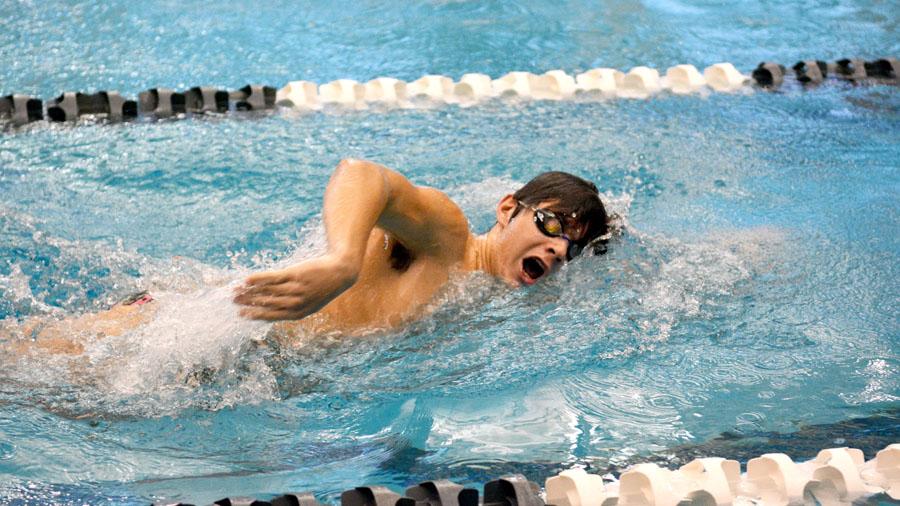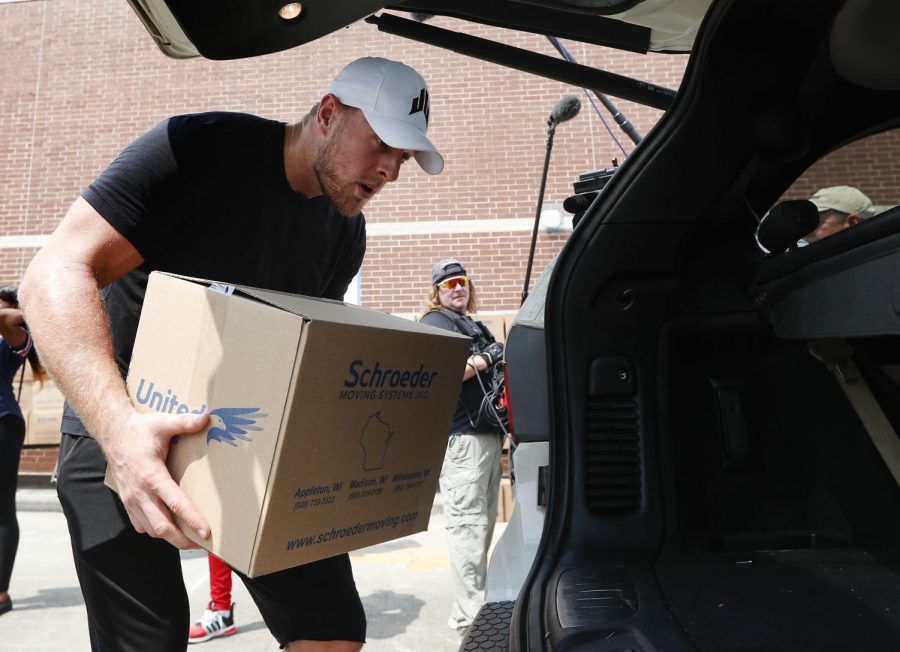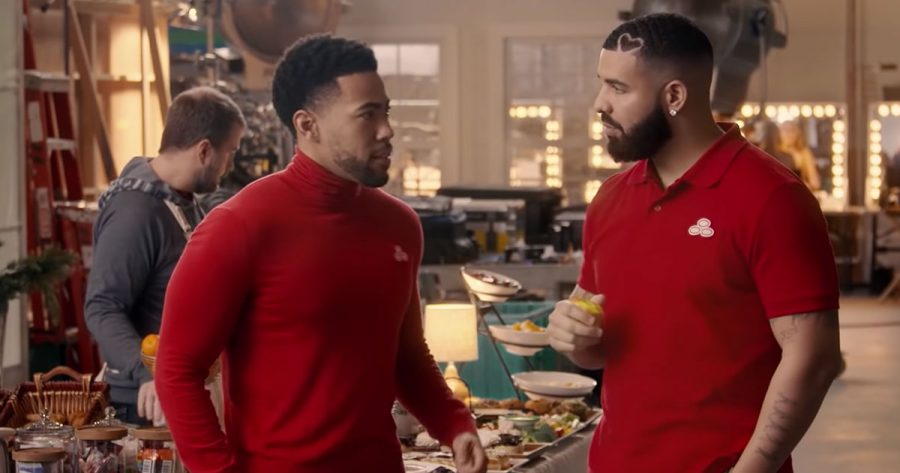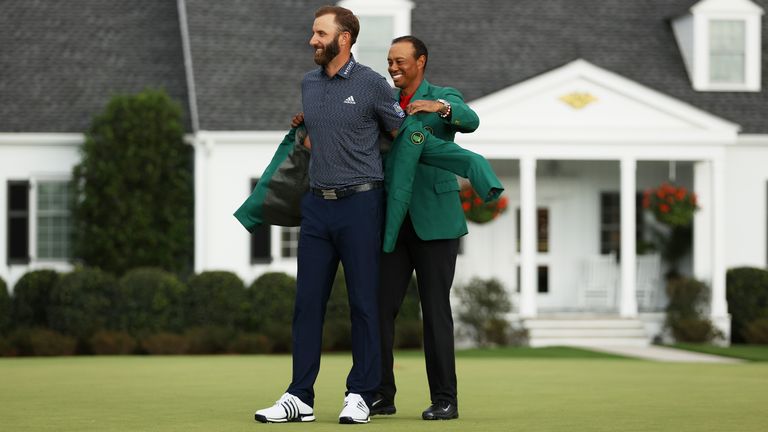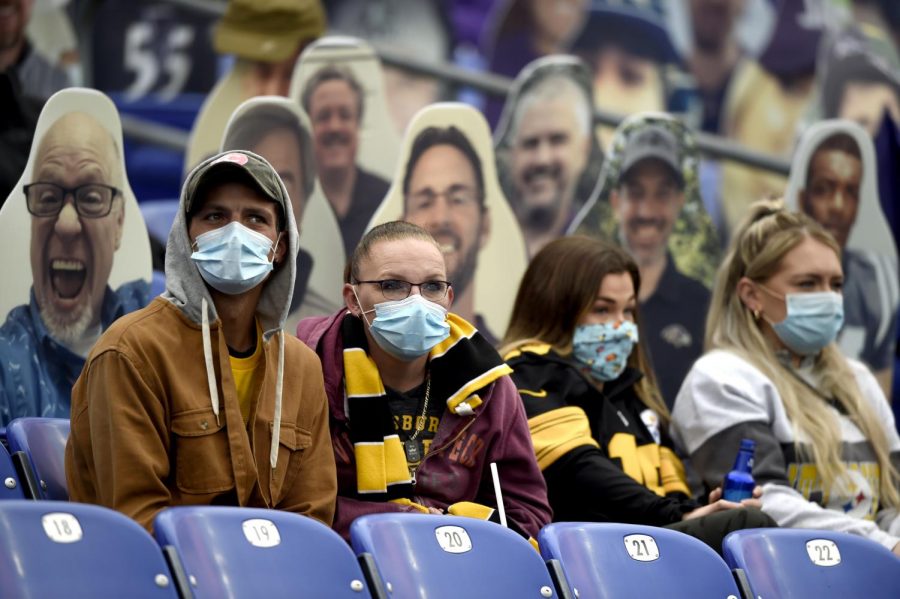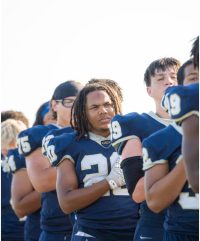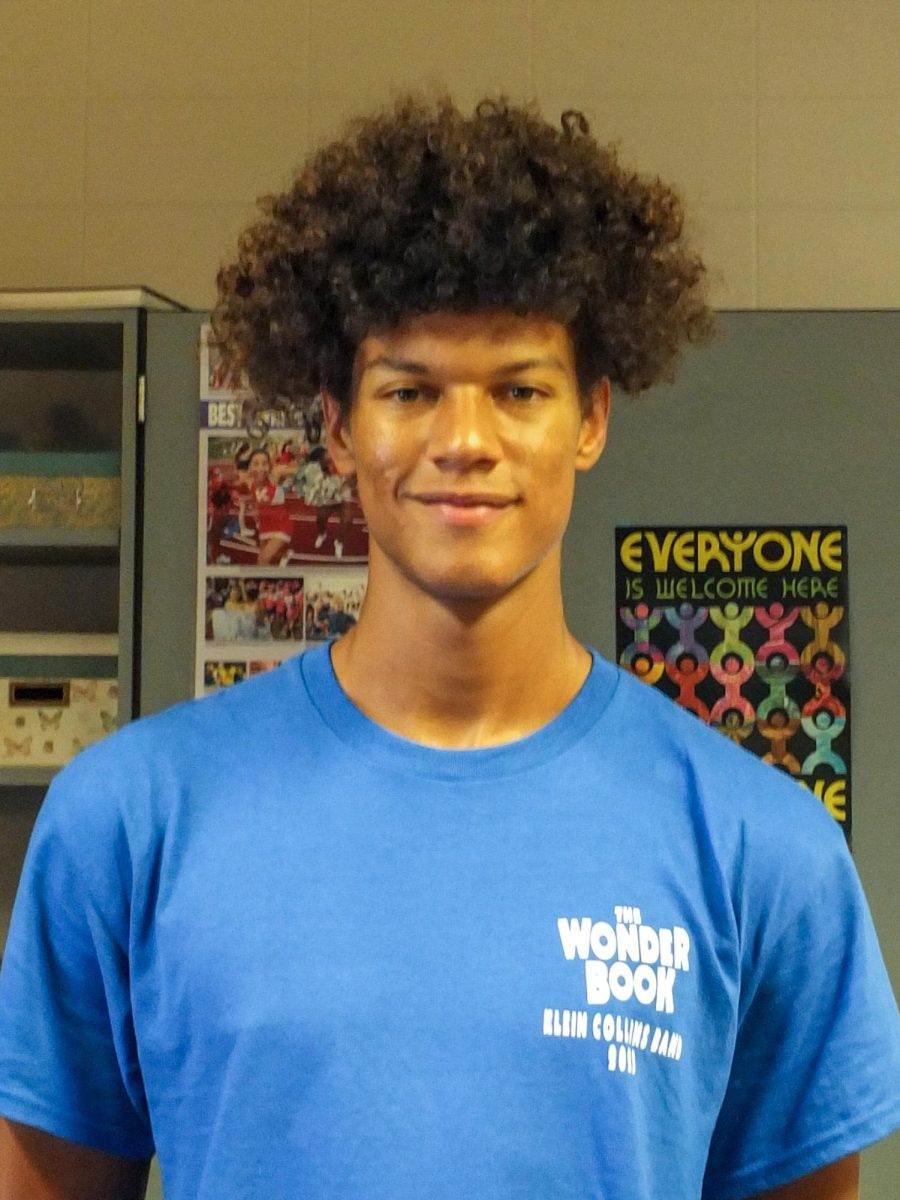Head athletic trainer Catherine Marr is entering her twentieth year as a professional trainer. Over the years, many athletes have entered her training room due to head trauma. However, since concussions have increased among athletes in professional and every level of overall, extra precautions have been taken to help athletes deal with any type of head injury.
A concussion is defined as a type of traumatic brain injury caused by a bump, blow or jolt to the head that can change the way your brain works normally. They are most common in football, the sport in which violent collisions happen most frequently. Marr believes that it is not possible to prevent the actual concussion from occurring, but she does believe that teaching athletes proper techniques in sports can lessen the severity of the injury.
“Accidents happen,” Marr said. “Proper mechanics, like not spearing in football, building up neck muscles in soccer for headers and things of that nature, may help us not see as many. Things have changed a little. If the athlete had a concussion on the sideline, but the athlete actually resolved his symptoms, got better in fifteen to twenty minutes, we would let him go back in to play. Now we do not. Any type of suspected head injury, they’re out.”
High school athletes who suffer head injuries can easily be misled by professional athletes who suffer concussions as well, because no athlete’s concussions are the same. The symptoms vary based on many different things, specifically age. High school athletes usually range from the ages of fourteen to nineteen, but since the brain typically stops developing around the age of twenty-five, athletes who rush back to the playing field too soon run a risk of long-term brain damage.
Marr also added that after an athlete has suffered head trauma, they must go through a process that involves filling out paperwork by state law, visiting a doctor, then setting up a “return to play” date with their coaches and trainers. Marr understands the viewpoint of a parent apprehensive about allowing their child to play, but is sure that athletes have much to gain playing sports.
“I do know that the kids are bigger, faster and stronger, but I think with anything there’s dangers,” Marr said. “I think that the benefits outweigh the risk. I think it teaches great teamwork, communication and things that are going to benefit the child later on.”




